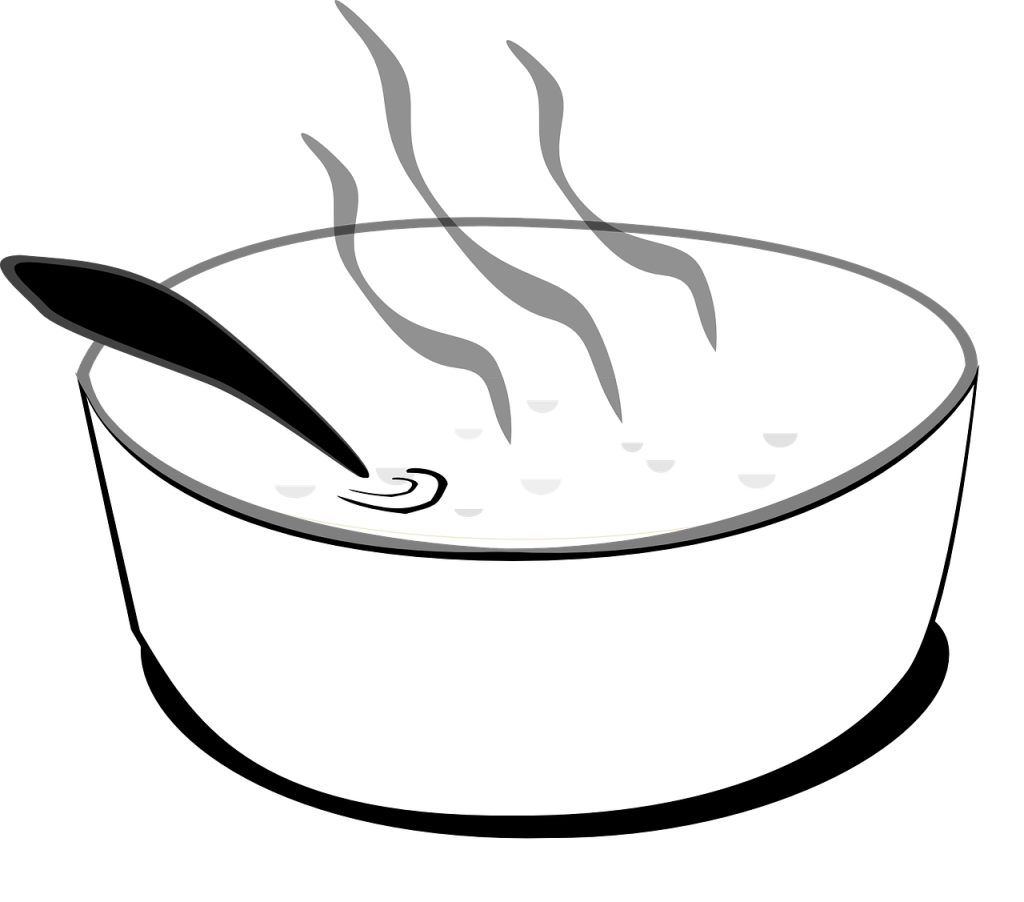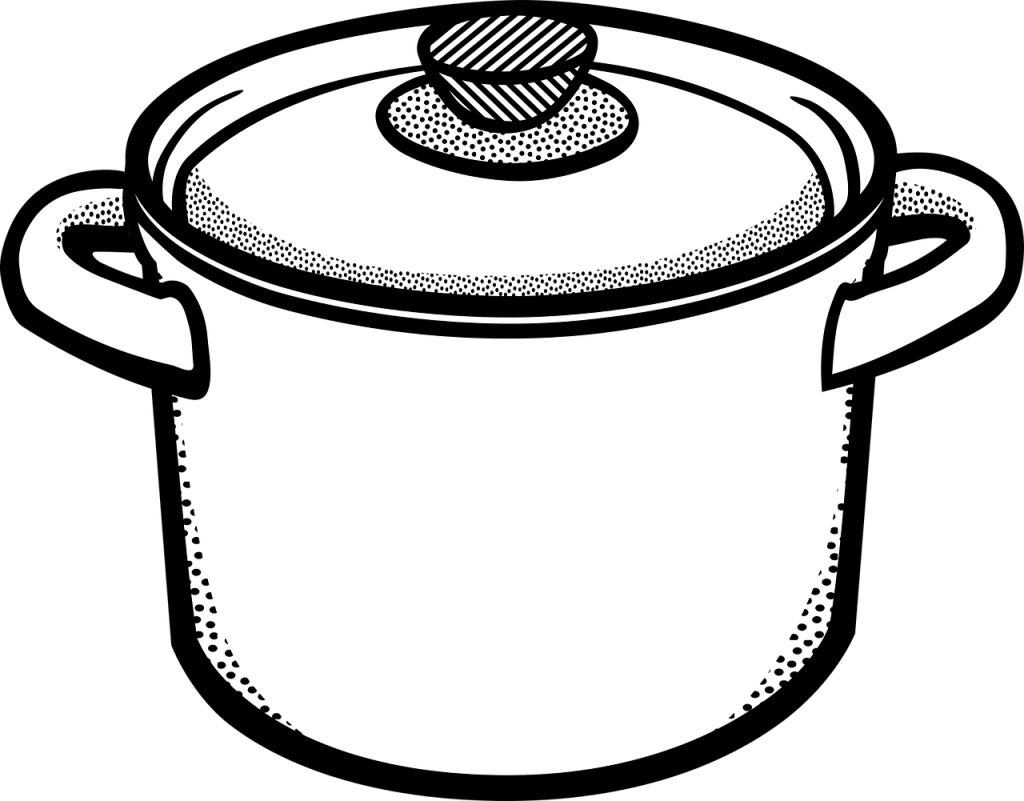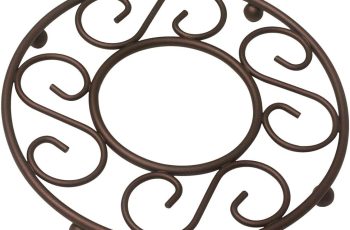Ad Blocker Detected
Our website is made possible by displaying online advertisements to our visitors. Please consider supporting us by disabling your ad blocker.
When it comes to cooking, having the right tools is essential. Among them, the saucepan plays a crucial role in the kitchen. Properly handling and storing your saucepan not only ensures its longevity but also guarantees the quality of your culinary creations. In this article, you will discover the key practices to follow when handling and storing your saucepan, including important tips on cleaning, maintenance, and storage techniques. By implementing these guidelines, you will maintain the functionality and condition of your saucepan, allowing it to continue serving you well in your culinary endeavors.
Handling and Storing Your Saucepan Properly
Choosing the Right Saucepan Material
When it comes to choosing a saucepan, selecting the right material is crucial for its performance and longevity. The most common material options include stainless steel, aluminum, and copper. Stainless steel is widely favored due to its durability, resistance to rusting and staining, and evenly distributed heat. Aluminum is known for its excellent heat conductivity and lightweight properties, making it a popular choice for many home cooks. Copper, on the other hand, offers unparalleled heat responsiveness and heat distribution. Depending on your cooking needs and preferences, carefully consider the material of your saucepan.
Proper Cleaning Techniques
Maintaining the cleanliness of your saucepan is essential to prevent the buildup of residue or stubborn stains. To effectively clean your saucepan, start by allowing it to cool down after use. Once cooled, fill the saucepan with warm water and a mild dish soap. Gently scrub the interior surface with a non-abrasive sponge or soft cloth, paying close attention to any food remnants. Rinse the saucepan thoroughly with warm water to remove all soap residue. For tougher stains or burnt food, you can use a mixture of baking soda and water to create a gentle paste and scrub with a non-abrasive brush.

Avoiding Harsh Cleaning Agents
While it may be tempting to use strong cleaning agents to tackle stubborn stains or residue, it’s important to avoid harsh chemicals that can damage the saucepan’s surface. Avoid using bleach, abrasive cleaners, or steel wool, as these can scratch or strip the protective coating of the saucepan. Additionally, acidic substances like vinegar or lemon juice should also be avoided, as they can react with certain materials and cause discoloration. Stick to mild dish soaps and non-abrasive cleaning tools to ensure the longevity of your saucepan.
Preventing Scratches and Damage
Protecting the surface of your saucepan from scratches and damage is crucial to maintain its quality and performance. One of the simplest ways to prevent scratching is by using wooden or silicone utensils instead of metal ones. Metal utensils can leave marks on the interior surface of the saucepan, especially on non-stick coatings. Avoid stacking multiple saucepans or placing heavy objects on top of them, as this can lead to potential scratches or dents. If possible, store your saucepans individually to minimize contact and prevent unnecessary damage.

Storing Your Saucepan
Properly storing your saucepans can help prolong their lifespan and prevent accidents. If your saucepan comes with a removable lid, store it separately to prevent any potential damage to the saucepan’s handle or the lid’s knob. Consider using pot protectors to place in between stacked saucepans, allowing them to rest without scratching or causing damage to the finish. If space allows, hanging your saucepans on a pot rack can be an excellent option, as it provides easy access and keeps them from being stacked or bumped into other pots and pans.
Using Proper Heat Settings
Using appropriate heat settings while cooking with your saucepan is essential to prevent overheating, burning, or warping. Start by preheating the saucepan on medium to low heat to avoid the risk of scorching the contents. Once the desired temperature is reached, you can adjust the heat accordingly. If using a gas stove, ensure that the flames do not extend beyond the base of the saucepan, as this can cause the handle to overheat or melt. Electric stovetops should be set to the recommended heat level, and induction cooktops require specific cookware that is compatible with magnetic fields.

Avoiding High Heat
While some recipes may call for high heat, it is important to exercise caution when using excessively high temperatures, as they can damage your saucepan. Using high heat can cause food to stick or burn quickly, potentially compromising the non-stick coating or the overall quality of the saucepan. If you need to cook at high heat, select a saucepan specifically designed for such temperatures, such as a stainless steel or copper saucepan. Additionally, avoid overheating an empty saucepan, as this can lead to warping or other structural damage.
Using Suitable Utensils
Choosing the appropriate utensils for your saucepan is crucial in maintaining its surface integrity. Opt for heat-resistant and non-abrasive utensils, such as wooden or silicone tools, when stirring or serving food in your saucepan. Metal utensils can scratch or damage the interior coating, especially in non-stick saucepans. Avoid cutting or scraping food directly in the saucepan with sharp utensils, as this can also cause scratches or dents. By using suitable utensils, you can extend the lifespan of your saucepan and ensure its optimal performance.
Preventing Warping and Deformation
Warping or deformation of a saucepan can greatly affect its cooking performance and overall durability. To prevent this, it’s important to avoid exposing your saucepan to sudden temperature changes. When transitioning from a hot surface to a cooler one, allow the saucepan to cool down naturally before cleaning or adding cold ingredients. Rapid cooling or soaking a hot saucepan in cold water can cause it to warp or deform. Additionally, avoid using excessive force or dropping your saucepan, as it can also lead to deformation. Handle your saucepan with care to maintain its shape and integrity.
Maintaining the Handle
The handle of your saucepan plays a crucial role in its safe handling and usability. Regularly inspect the handle for any signs of loosening or damage. If you notice any loose screws or a wobbly handle, tighten them immediately to prevent accidents during cooking. Some saucepans have removable or heat-resistant handle covers that provide a comfortable grip and protect your hands from heat. If your saucepan’s handle shows signs of wear or becomes too hot to handle, consider investing in a handle cover or a replacement handle. Properly maintaining the handle ensures your safety and enhances your overall cooking experience.
In conclusion, handling and storing your saucepan properly not only extends its lifespan but also enhances your cooking experience. By selecting the right saucepan material, using proper cleaning techniques, avoiding harsh cleaning agents, preventing scratches and damage, storing the saucepan correctly, using suitable heat settings and utensils, preventing warping and deformation, and maintaining the handle, you can ensure the longevity and optimal performance of your saucepan. Remember, investing time and effort in proper care and maintenance will pay off in the form of delicious meals and a well-functioning kitchen tool.

